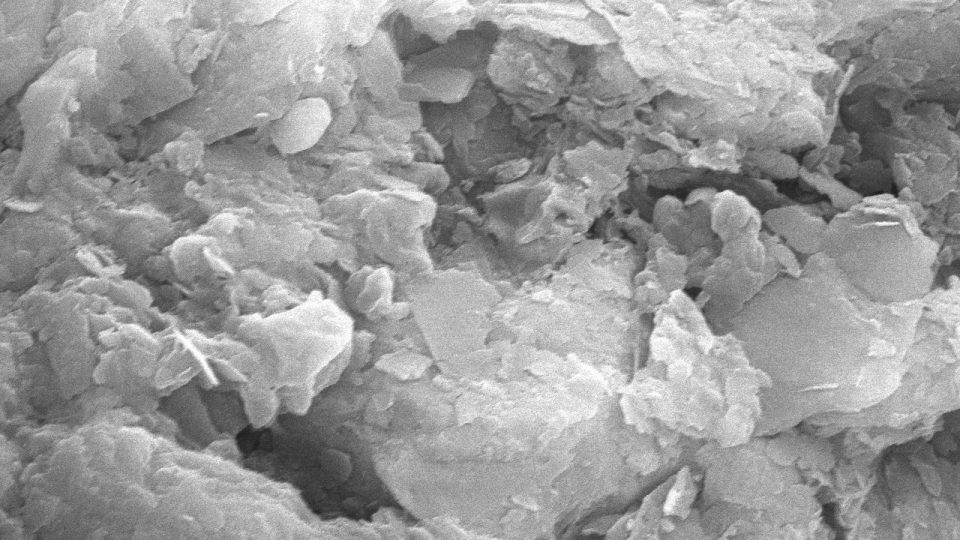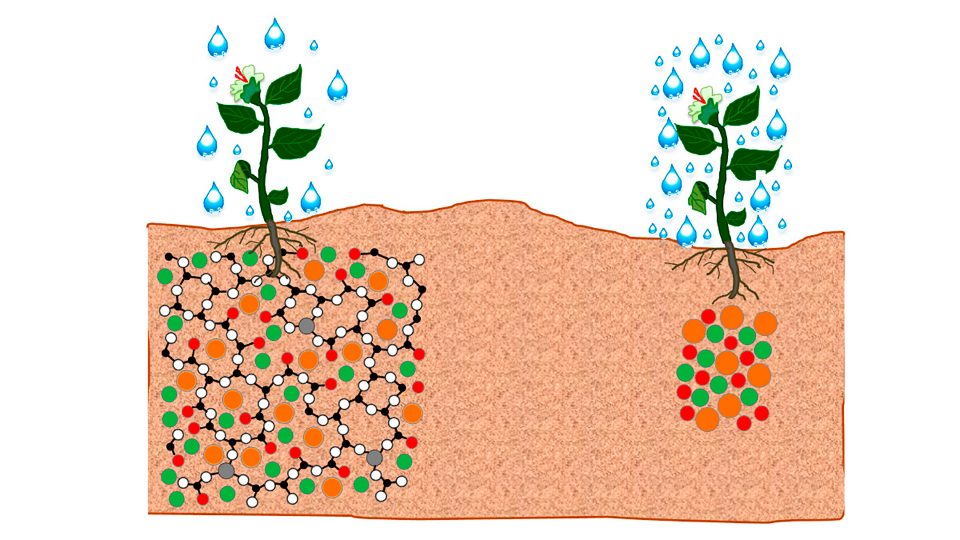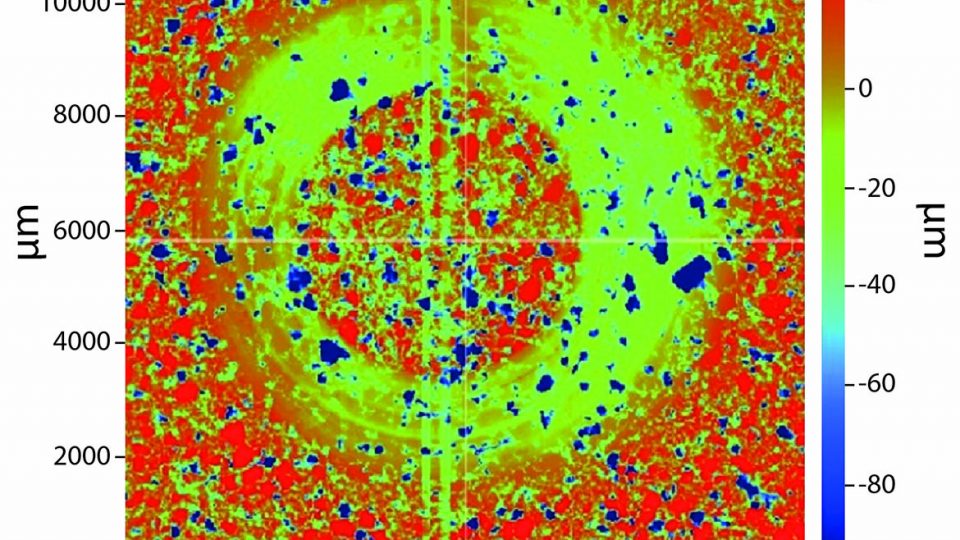We try to improve the environment from different industrial points to improve future societies
We try to improve the environment from different industrial points to improve future societies
AREAS OF ACTION
We develop catalytic materials for the conversion of H2O into H2 and O2 and the transformation of CO2 into C and O2 in a continuous circular system. Our goal is to reduce the concentration of carbon dioxide while generating energy by reacting H2 with O2 to form water
We investigate and develop fertilizer glasses for the cultivation of terrestrial plants (tomatoes, legumes, etc.) and aquatic plants (microalgae) in order that all the nutrients are used and not lost in the middle, avoiding pollution problems. Also developed glasses maintain soil moisture to minimize the consumption of irrigation water
Composite materials based on fiberglass or carbon and polyester or epoxy resins, as well as mining waste or urban waste (glass hull, incinerator ash, etc.) are researched for their recovery and reuse in new materials
We make photocatalytic-bactericidal materials to purify water in drinking water treatment stations (ETAPs). We characterize porous and microporous materials used in ETAPs
CONFERENCES

In this work it has been used waste water sludges (WWS) from drinking water treatments stations to prepare tile pieces and it has been studied the influence of sludge on the porosity of the material and its resistance as a function on the sintering temperature
VIEW MORE
Different potassium phosphorus silicate glasses have been prepared and have been used as fertilizers for tomato crops
VIEW MOREPROJECTS

SIGNUS
VIEW PROJECT
New nanomaterilas will be developed where their main properties lead to reduce the absorption of dirt on textile clothes
VIEW PROJECTWrite us, we will be happy to assist you
